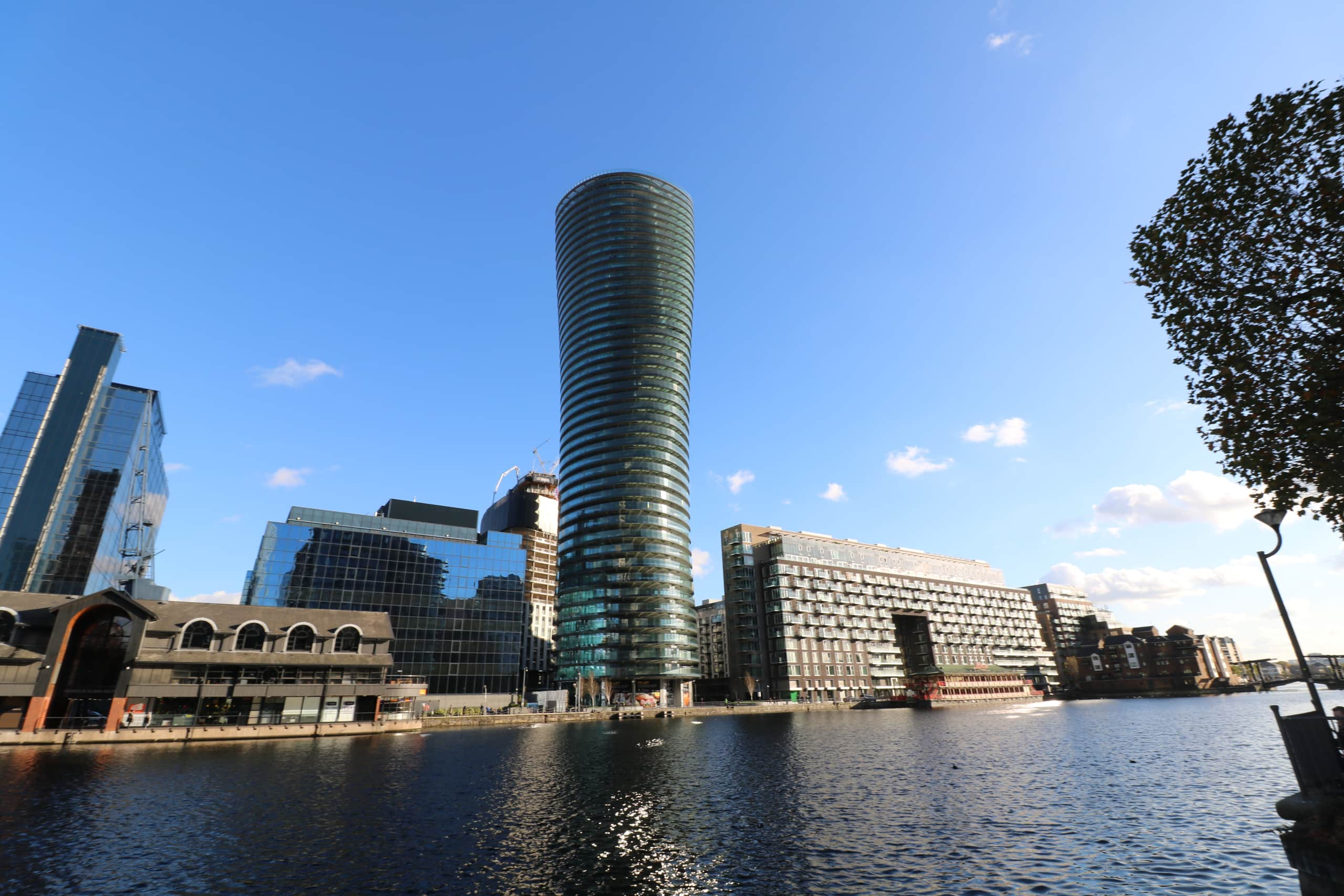LEAN
“Lean“, is a systematic method for the elimination of waste (“Muda“) within a manufacturing system or company.
This lean page is gives you our internal only form which is for submitting your Lean ideas to Sapphire for implementation and the ‘DOWNTIME’ explanation.
Lean can often be counter intuitive, (e.g. it can be more lean not to mass produce), the easiest way to remember the eight deadly wastes of lean is by using the acronym; DOWNTIME. Downtime stands for:
- Defects
- Overproduction
- Waiting
- Not utilising talent
- Transportation
- Inventory excess
- Motion waste
- Excess processing
Defects
Mistakes that require additional time, resources, and money to fix. In a manufacturing process, a defect might involve a defective part that has to be remade. Some causes::
- Poor quality controls
- Poor repair
- Poor documentation
- Lack of standards
- Weak or missing processes
- Misunderstanding customer needs
- Poor design and undocumented design changes
Completely eradicating any form of waste is impossible, but defects can certainly be limited by the application of standardized work plans, more stringent quality control at all levels, a full understanding of work requirements and customer needs, and simple job aids such as checklists.
Overproduction
This is when a company, department or person produces more of something than the demand requires. In some organisations, workers just blindly keep producing, even when those who receive their output either aren’t ready for it or don’t need it. This is a big flaw as it can tie up significant working capital. It’s especially common in manufacturing, but it can occur in any workplace situation in which there’s a bottleneck. Overproduction may occur due to:
- Just-in-case production
- Unclear customer/project needs
- Producing to a forecast
- Long set-up times
- Engineering changes
- Poorly applied automation
The solution to overproduction is to establish a reasonable work flow for the benefit of the customer.
Waiting
- Unbalanced workloads
- Unplanned downtime
- Long set-up times
- Producing to a forecast
- Insufficient staffing
- Work absences
- Poor process quality
- Poor communication
Whatever the cause, some workers have to wait for a bottleneck to be cleared. One way to address this is the need to provide adequate team support or external resource to handle the workload at the bottlenecks, be careful in doing so that you don’t create monetary waste.
Not-Utilising Talent
- Assigning staff to wrong tasks
- Wasteful admin tasks
- Poor communication
- Lack of teamwork
- Poor management
- Insufficient training
Transporting
Waste caused by moving things around. This is less of a problem in a business office than in a manufacturing plant, since most of what white collar workers “transport” can be sent by email for example. Otherwise, too much transportation tends to increase costs, wastes time, increases the likelihood of product damage and deterioration, and can result in poor communication. In general, transportation waste can be caused by:
- Poor plant/office layout
- Unnecessary or excessive steps in the process
- Misaligned process flow
- Poorly-designed systems
Limiting transportation waste can be easily addressed by common-sense efforts such as simplifying processes, repairing physical layouts, handling products less often, and making distances between steps as short as possible.
Inventory Excess
- Overproduction and buffers
- Poor monitoring systems
- Mismatched production speeds
- Unreliable suppliers
- Long set-up times
- Misunderstood customer needs
In removing excess inventory space can be created, however make sure that you don’t create waiting time through items not being available or that the cost increase outweighs the space gained.
Motion Waste
- Poor process design and controls
- Poor workstation/shop layout
- Shared tools and machines
- Workstation congestion
- Isolated and siloed operations
- Lack of standards
Excess Processing
- Excessive reports
- Multiple signatures
- Re-entering data and duplicated data
- Lack of standards
- Poor communication
- Overdesigned equipment
- Misunderstanding of the customer’s needs
- Human error
- Red tape procedures
